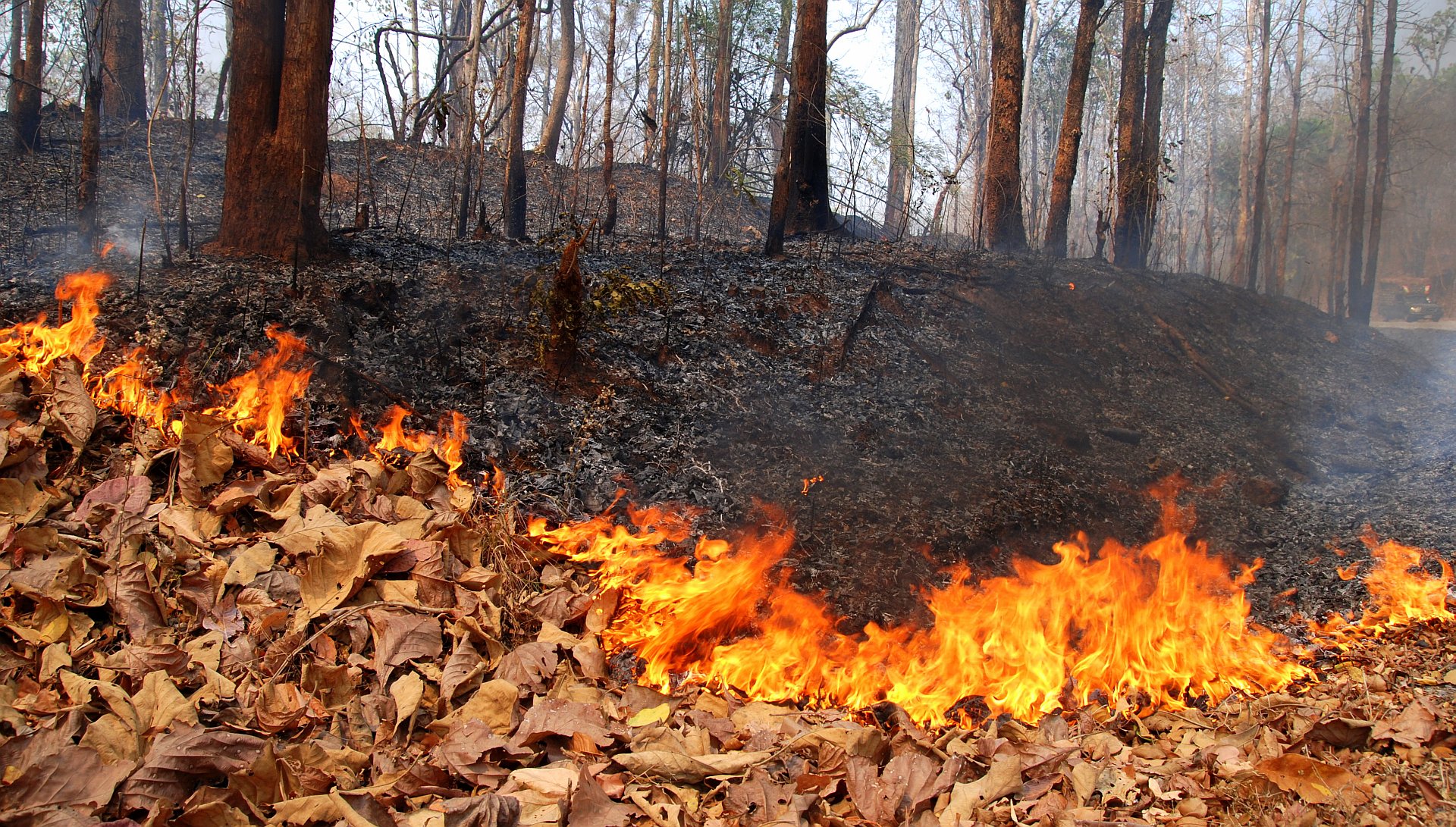WA BAL Report are experts in conducting bushfire attack level assessments and bushfire attack level reports for those living in bushfire-prone areas. However, if you live in a bushfire-prone area, it is likely you will be required to do more to protect yourself from bushfire risk. Bulk green waste storage fires can develop into bushfires. Today, WA BAL Report presents some simple steps you can take to prevent bulk green waste storage fires.
Green waste includes organic material, such as grass clippings, weeds, flowers, branches and twigs, fruit and vegetables and fruit scraps. Fires involving bulk green waste storage can either be external or internal.
Internal fires are caused by spontaneous combustion of decomposing piles of vegetation, which occurs when more heat is generated in the pile than is lost to the surrounding environment, heating the pile to ignition. The fires originate deep within the pile, when composting microbial activity causes temperatures to reach 150 to 2000C, and are often difficult to detect. The moisture content is significant and the critical moisture range that supports spontaneous combustion is 20% to 45%.
To avoid spontaneous combustion, the Department of Fire & Emergency Services (DFES) recommends that storage pile temperatures be kept below 700C and the moisture content either below 20% or greater than 45%. DFES recommends you reduce pile size to create a larger surface area to volume ratio – the maximum storage pile size should be 50 metres long by 10 metres wide by 5 metres high. You should also aerate the piles by turning them regularly or providing internal ventilation, monitor the temperature and moisture levels and check for venting hot gases or smoke, and separate piles with no fuel zones to help contain fire to individual piles.
If an internal bulk green waste storage fire does take hold, it should be managed by isolating the affected section or pile, thoroughly wetting vegetation with low pressure water and gradually spreading the material while saturating with water.
External bulk green waste storage fires are caused by ignition sources such as arson, lightning, adjacent bushfire, discarded cigarette butts and heats or sparks from equipment or vehicles. External fires are more readily detected and are more likely caused by dry and aerated piles with fine fuels. DFES advises that you should provide a 100 metre buffer zone containing a fuel load below 4 tonnes per hectare, locate piles away from power lines and other ignition sources and heat generating devices, monitor piles during extreme weather conditions and total fire ban days and maintain pile separation with no fuel zones to help contain fires to individual piles.
For more information
WA BAL Report are experts at conducting Bushfire Attack Level Assessments, Bushfire Attack Level Reports and bushfire prevention strategies in general in Perth and Western Australia. For more information, contact our friendly staff on 08 6114 9356 or at admin@wabalreport.com.au.
Thank you for visiting www.wabalreport.com.au

